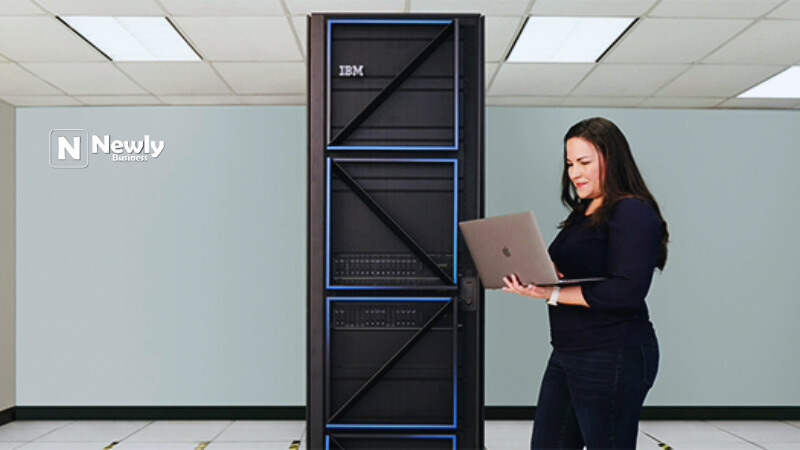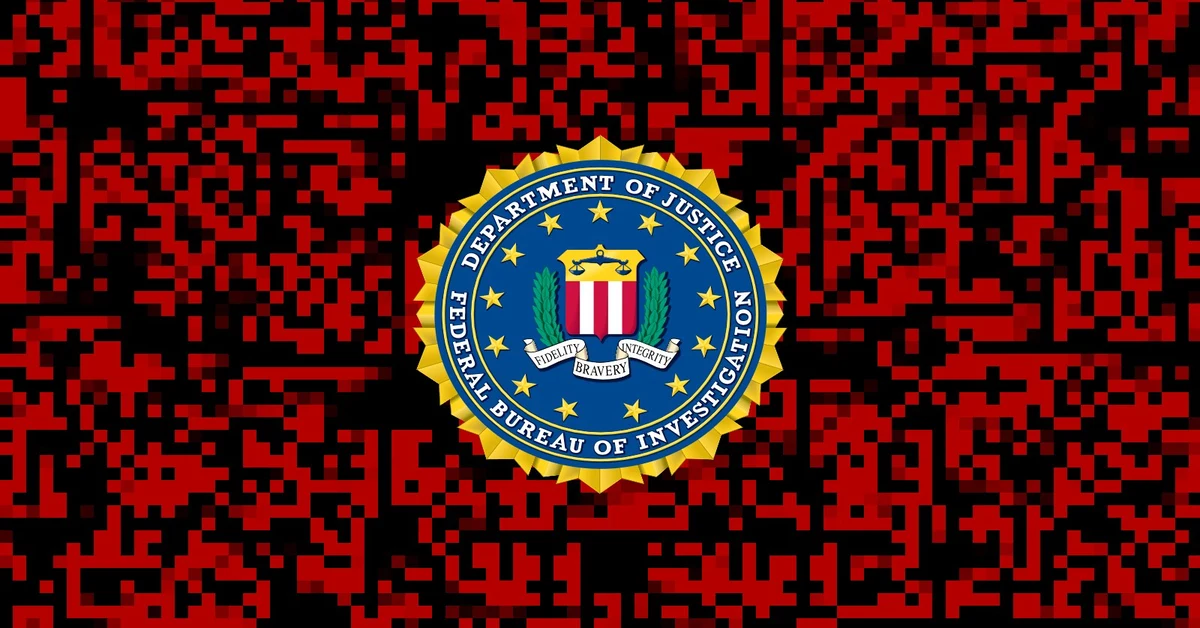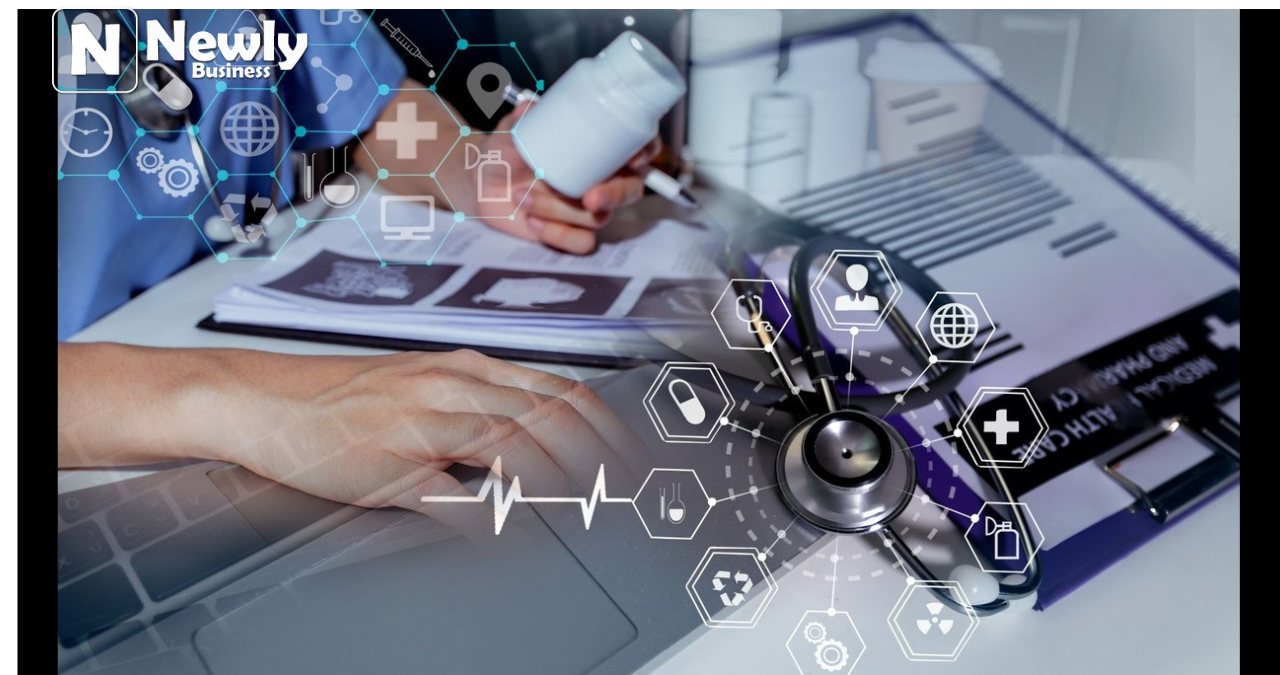Introduction to Initial Program Load (IPL)
Initial Program Load (IPL), commonly known as “booting,” is the critical process that bridges a computer’s hardware and software when powering on. This fundamental mechanism transforms inert hardware into a fully operational system capable of running applications and executing user commands. Without IPL, your computer would remain an expensive paperweight.
Initial Program Load (IPL) sequence performs essential hardware checks, initializes components, and locates the operating system. Originally developed for mainframe computers, the concept remains vital in modern devices—from smartphones to supercomputers. Interestingly, the term “boot” comes from “bootstrap,” reflecting how the system pulls itself up by its own metaphorical bootstraps.

The IPL Process: Step-by-Step Breakdown
When you press the power button, your motherboard sends a reset signal to the CPU. The processor immediately looks for its first instruction in the system’s firmware—typically stored in BIOS (Basic Input/Output System) or UEFI (Unified Extensible Firmware Interface). This firmware contains the elementary code needed to begin hardware initialization.
The system then performs a Power-On Self-Test (POST)—a diagnostic routine that verifies critical components like RAM, storage devices, and peripherals. If POST detects issues, you’ll hear beep codes or see error messages. Modern systems often display these errors via LED codes on motherboards. After successful POST, the firmware searches boot devices in a predefined order (set in BIOS/UEFI settings) to locate the bootloader, which then loads the operating system kernel into memory.
Also read Understanding Kalidcan: A Versatile Material for Modern Applications
BIOS vs. UEFI: Evolution of IPL Mechanisms
Traditional BIOS has governed the IPL process since the 1980s, operating in 16-bit mode with severe limitations—including a maximum of 2.1TB storage support and slow initialization. However, its simplicity ensures backward compatibility with legacy systems.
UEFI represents the modern standard, offering significant advantages:
- Faster boot times through parallel hardware initialization
- Support for drives over 2.2TB using GPT partitioning
- Secure Boot to prevent malware from hijacking the boot process
- Network booting capabilities without additional drivers
Most modern systems (post-2010) use UEFI, though many maintain a “Legacy BIOS” mode for compatibility. The shift to UEFI has reduced typical boot times from minutes to seconds.

Cold Boot vs. Warm Boot: Key Differences
A cold boot occurs when starting from a completely powered-off state. This full IPL process:
- Resets all hardware components
- Performs complete POST diagnostics
- Reloads all firmware settings
- Reinitializes peripheral devices
In contrast, a warm boot (restart) skips certain steps:
- Maintains power to RAM (explaining why some systems “remember” errors across restarts)
- Often bypasses extended POST checks
- Preserves some firmware cache
Warm boots are faster but may not resolve hardware-related issues that a full power cycle would fix. This explains why tech support often asks you to “turn it off and on again” rather than just restarting.
Also read FBI Warns Chrome: A Critical Alert for Your Online Safety
Troubleshooting Common IPL Errors
IPL failures typically manifest as:
- No display/output (check GPU, RAM seating)
- “No boot device found” (verify drive connections and boot order)
- Continuous beeping (consult motherboard manual for beep code meanings)
- BIOS/UEFI corruption (requires firmware reflashing)
Advanced troubleshooting steps:
- Reset BIOS/UEFI to default settings
- Test with minimal hardware configuration
- Use bootable recovery media to repair OS loaders
- Update firmware using manufacturer tools
For persistent issues, hardware diagnostics tools can identify failing components before they cause complete boot failure.
The Future of IPL Technology
Emerging trends are reshaping IPL:
- Instant-On Systems: Some ARM devices now achieve sub-second boot times
- AI-Optimized Boot: Machine learning predicts and preloads frequently used drivers
- Hardware Verification: TPM chips now validate system integrity before boot
- Cloud-Based IPL: Enterprise systems can boot from network images
These advancements aim to make the IPL process nearly invisible to users while enhancing security—a far cry from the manual paper tape loading of early computers.
IPL FAQs: Expert Answers
Q1: Why does my computer sometimes fail to boot after a power outage?
Power fluctuations can corrupt firmware settings or interrupt critical write operations. Always use surge protectors and consider a UPS for critical systems.
Q2: Is UEFI completely replacing BIOS?
While UEFI is now dominant, BIOS compatibility modes remain available for legacy support—though this is fading as older hardware becomes obsolete.
Q3: Can malware infect the IPL process?
Yes. “Rootkits” like Bootkit can embed in bootloaders. UEFI Secure Boot and regular firmware updates provide protection.
Q4: Why do servers have more complex IPL sequences?
RAID controller initialization
Remote management interface loading
Multiple network boot options
Hardware redundancy checks
Q5: How can I speed up my system’s boot time?
Enable UEFI Fast Boot
Disable unused startup devices
Upgrade to SSD/NVMe storage
Reduce unnecessary startup programs




